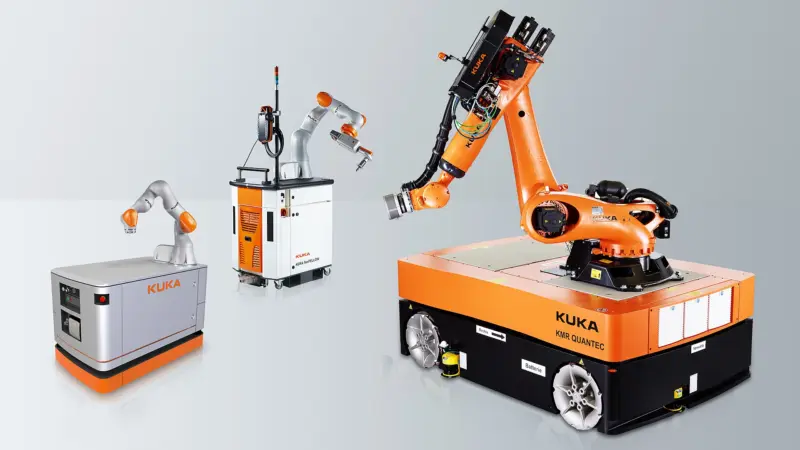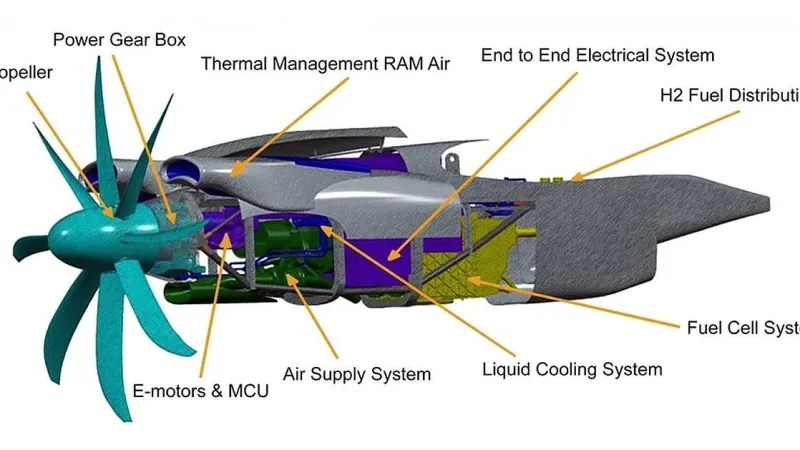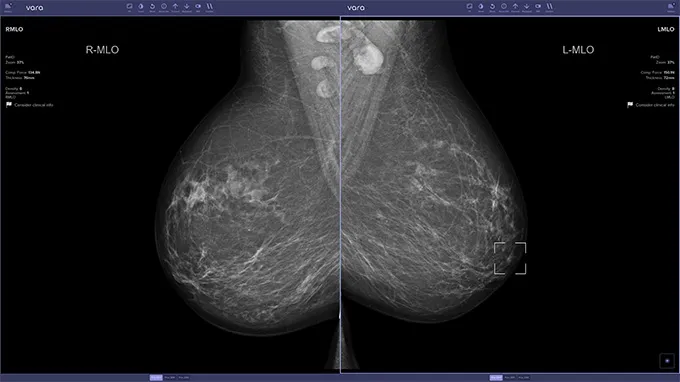Jet Engine Evolution: GE Aerospace’s Leap into Supersonic Travel

Since the 1960s, engineers across the globe have been experimenting with an innovative type of jet engine known as a rotating detonation engine (RDE). Despite remaining in the experimental phase for many years, this could be on the cusp of changing. GE Aerospace, a leading producer of jet engines, recently revealed that they are in the process of developing a functional version of the RDE. In addition, Raytheon, a component of the RTX aerospace group, was awarded a $29 million contract by America’s Defence Advanced Research Projects Agency to develop the Gambit RDE.
How RDEs Address Current Propulsion System Limitations
The primary goal of these engines is to power missiles and address the limitations in range and speed experienced by current propulsion systems such as rockets and traditional jet engines. If successful, RDEs may have a broader application in aviation, potentially contributing to the resurgence of supersonic air travel.
In technical terms, an RDE substitutes conventional fire with a controlled explosion, which involves a high-energy detonation occurring at supersonic speeds. This method has the potential to be more powerful and efficient in generating thrust, the force responsible for propelling an aircraft forward.
Advantages of RDEs: Simplicity, Efficiency, and Affordability
Compared to the conventional jet engine that utilizes numerous moving parts, the RDE is simpler in design. Instead of rotating blades and compression, the RDE utilizes a hollow area between two concentric cylinders to mix air and fuel, ultimately creating a rotating supersonic shock wave that propels the aircraft.
The RDE is anticipated to be inexpensive to manufacture and fuel-efficient, allowing it to achieve significant advantages in terms of speed and distance traveled. Moreover, with technological advancements such as computer modeling, resilient alloys capable of withstanding extreme temperatures, and additive manufacturing, building RDEs has become more feasible.
In terms of aviation, an RDE would likely necessitate a hybrid engine approach during takeoff, similar to how the Lockheed SR-71 Blackbird utilized conventional jet engines to enable supersonic speeds. While it may be less fuel-intensive than afterburners, an RDE could produce considerable noise, a potential drawback for civilian aviation. However, planned design modifications could address this issue.
Furthermore, the concept of a supersonic passenger plane involves addressing challenges such as the sonic boom. Researchers are exploring ways to reduce the impact of this inevitable consequence, potentially allowing future supersonic passenger planes to operate over land rather than being restricted to over-ocean routes like the Concorde.
Although the potential for the RDE in achieving supersonic passenger flights is promising, air travel technology evolves gradually. Thus, it may be several years before we witness the transformation of the seven-hour New York to London flight to a mere one-hour journey.






